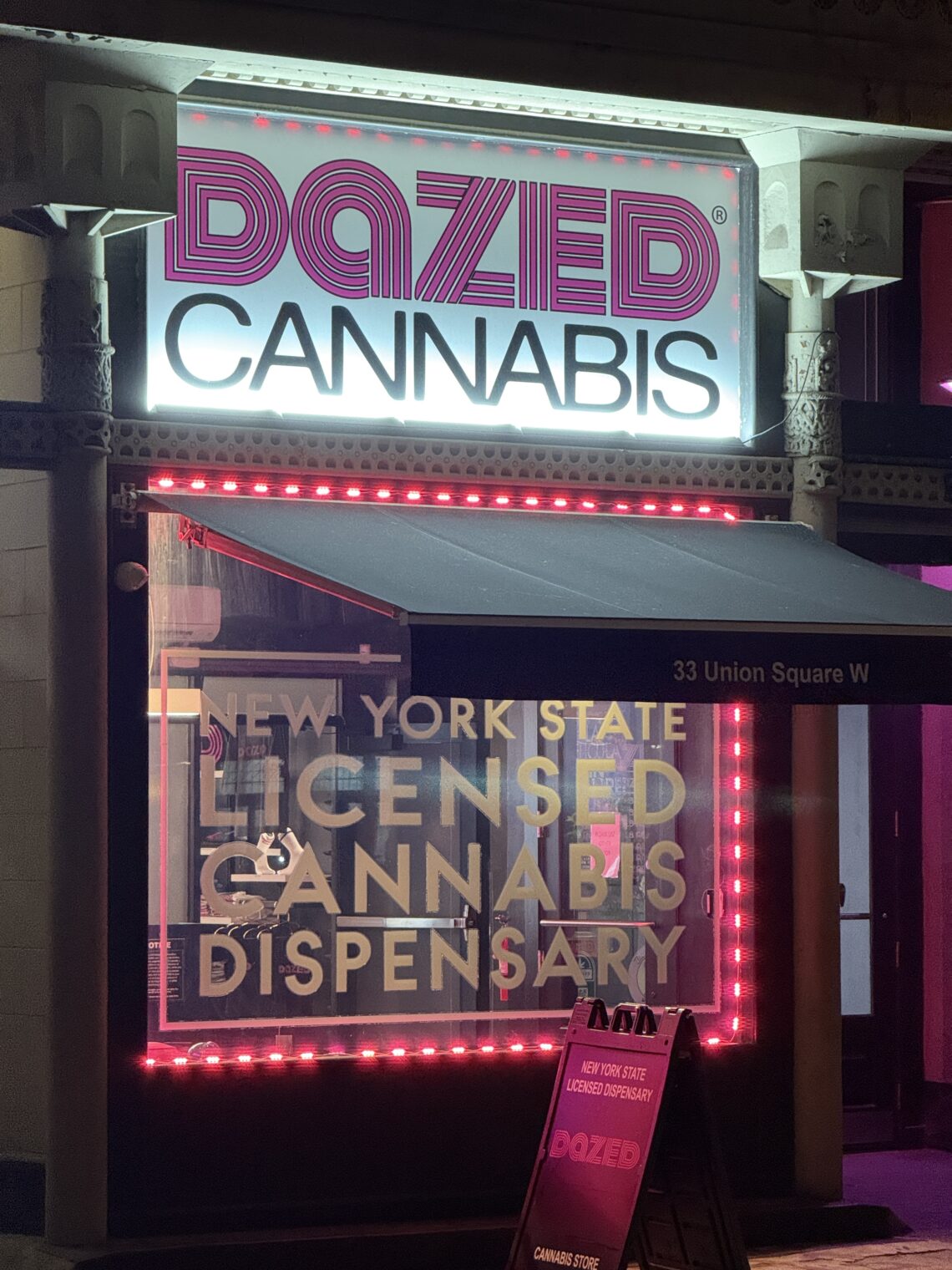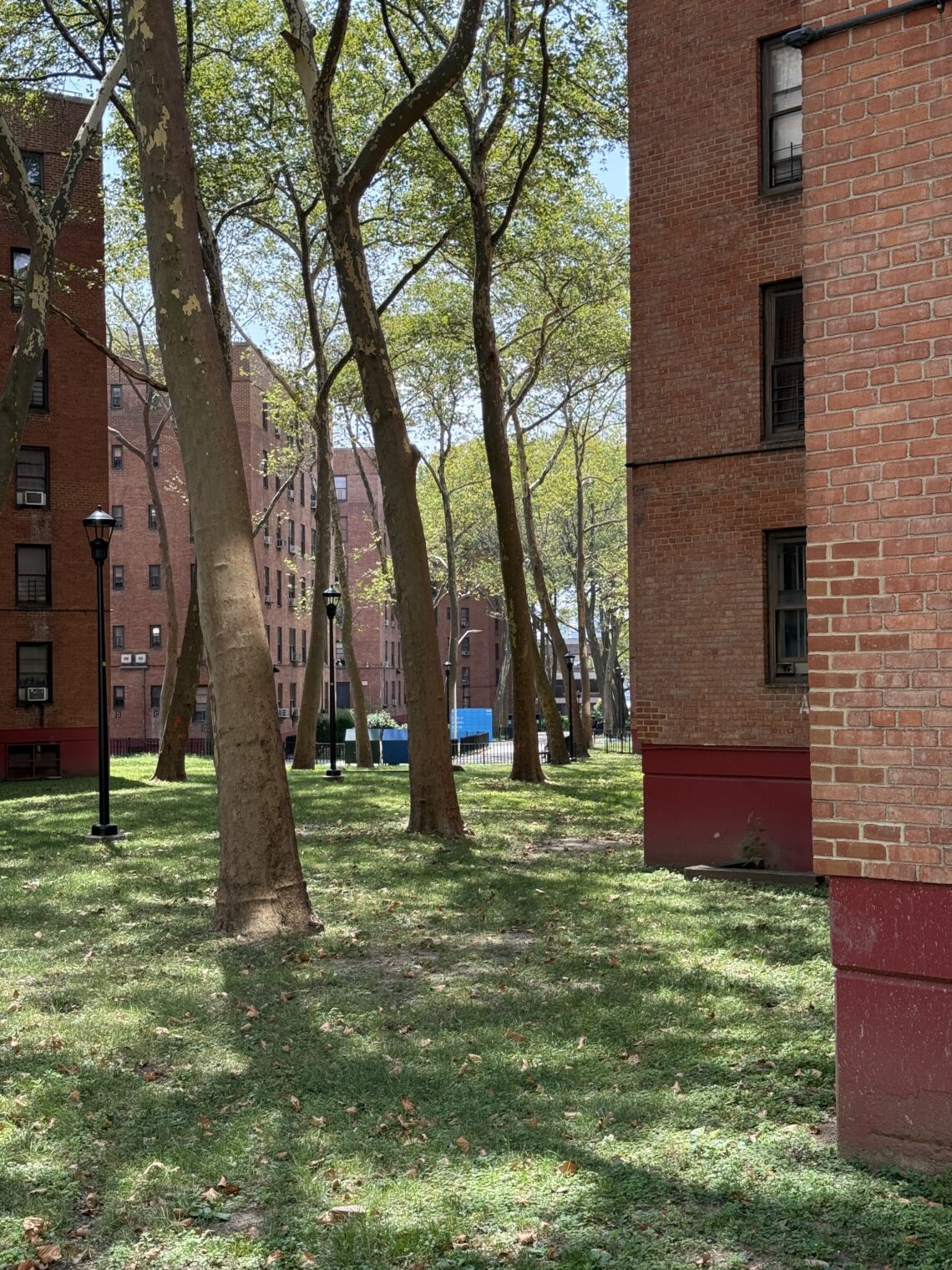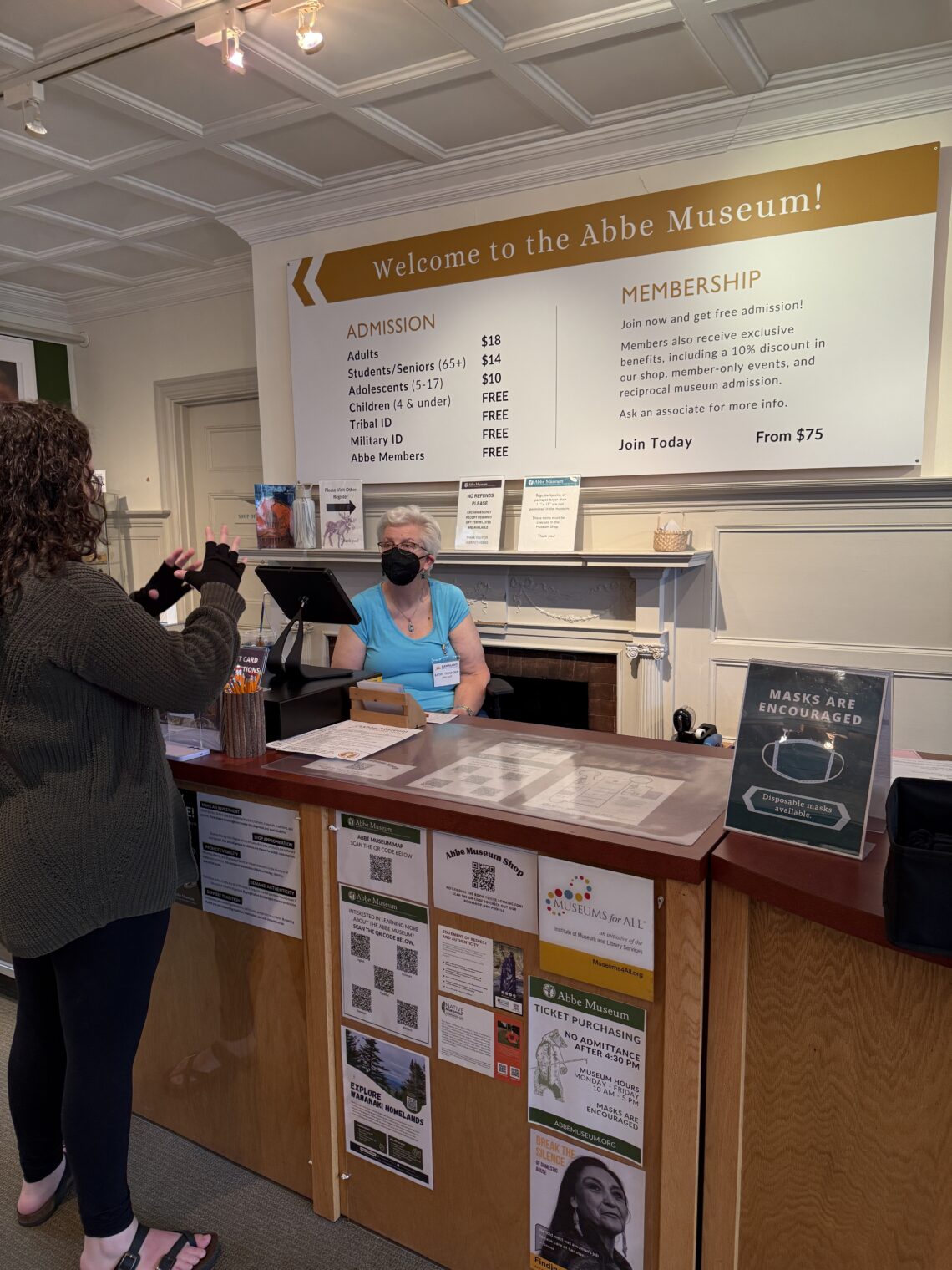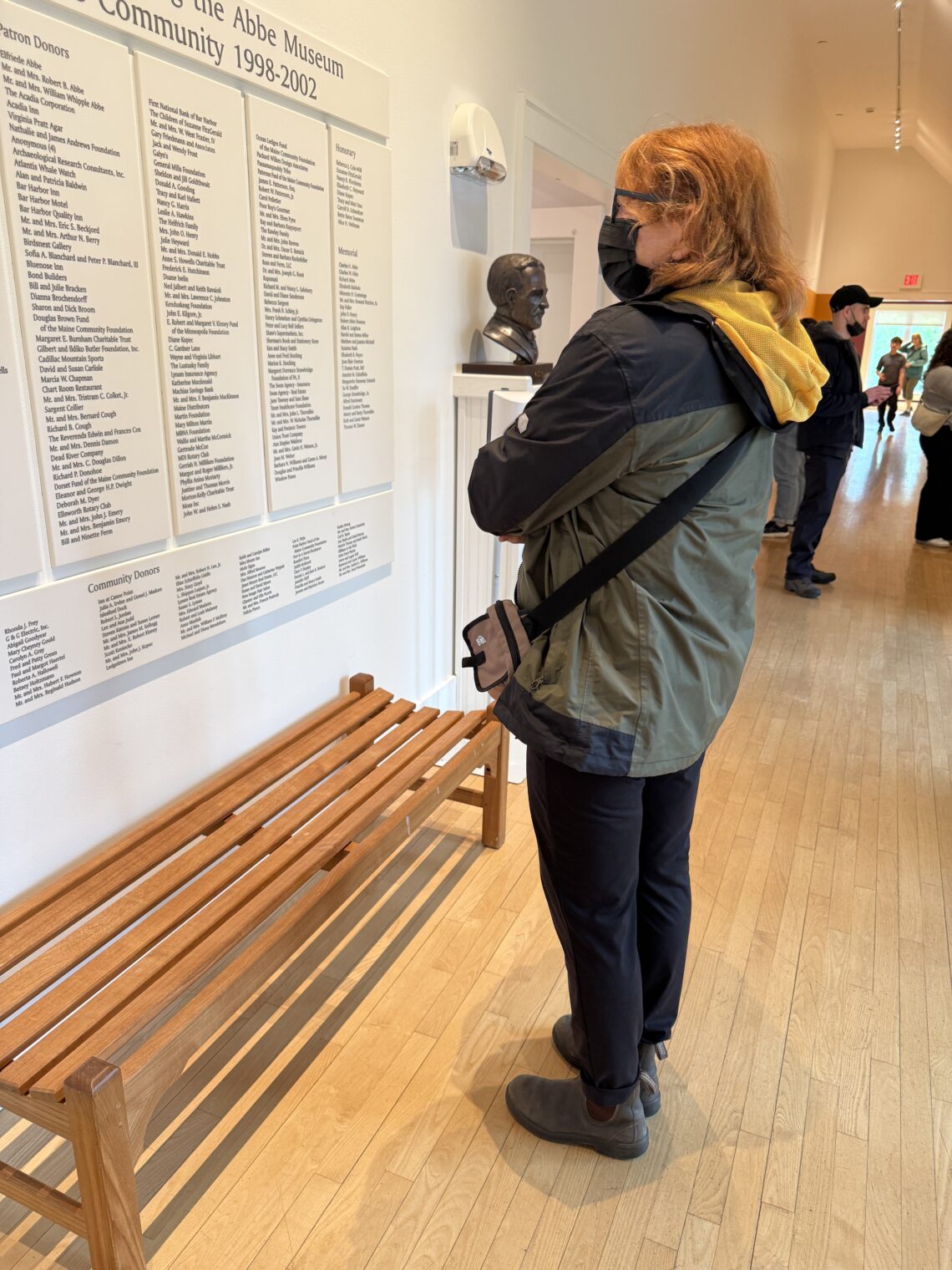How was the immigration of Mahmoud Amin Ya’qub al-Muhtadi supposed to benefit Americans?
The U.S. has arrested a “Louisiana man” for purportedly participating in the Gazans’ October 7, 2023 attack on Israeli civilians. New York Times:
This was an unavoidable situation, apparently, because he supposedly lied to Biden administration immigration officials about his level of effort in globalizing the intifada, achieving river-to-the-sea liberation, etc. Let’s ignore for the moment the question of why Americans believe that government bureaucrats who don’t speak Arabic would be able to separate truth from fiction. The question for this post is what was our theory for how Mahmoud Amin Ya’qub al-Muhtadi’s presence in the U.S. was going to make the U.S. a better place for existing Americans.
(I personally think that Mahmoud Amin Ya’qub al-Muhtadi may well have told the truth. The U.S. has an honor system in which a prospective immigrant is asked “Have you participated in terrorism?” and, by the standards of a significant percentage of Americans (especially the young/progressive and, certainly, almost every resident of Dearborn, Michigan), what the Gazans did on October 7, 2023 was a legitimate military action by oppressed indigenous Arabs, not “terrorism”. The October 7 attack was organized by a democratically elected and popularly supported government (Hamas), certainly, and, even after the Israelis counterattacked, was supported in opinion polls by the majority of Gazans.)
From The Guardian:
In June 2024, al-Muhtadi submitted an electronic US visa application in Cairo. In the application, he denied serving in any paramilitary organization or having ever engaged in terrorist activities. His application said he intended to live in Tulsa, Oklahoma, and work in “car repairs or food services”. He entered the US in September 2024.
Let’s leave aside the question of why a “Louisiana man” (NYT) such as Mahmoud Amin Ya’qub al-Muhtadi would intend to live in Oklahoma. Why was opening the border to someone who was going to work in “food services” going to make the U.S. a better place to live? Oklahoma was already critically short of health care workers (2024 KFOR) so bringing in one more person who would be a customer for health care rather than a provider would make it tougher for existing Oklahomans to access medical care. Maybe one individual restaurant owner would benefit from the cheap labor that Mahmoud Amin Ya’qub al-Muhtadi could potentially provide, but we’re told that advancements in robotics will soon render low-skill humans obsolete. That would leave U.S. taxpayers on the hook for multiple generations of welfare in the event that Mahmoud Amin Ya’qub al-Muhtadi either ceased working or never earned enough to get over the threshold for public housing, Medicaid, SNAP/EBT, Obamaphone, etc.
What is our rationale, in other words, for operating an immigration system under which Mahmoud Amin Ya’qub al-Muhtadi was eligible for permanent U.S. residency and eventual citizenship?
If the majority of American voters can agree that Mahmoud Amin Ya’qub al-Muhtadi moving from Egypt to Oklahoma wouldn’t have made the U.S. better off, even if Mahmoud Amin Ya’qub al-Muhtadi hadn’t been part of the October 7 attacks, why doesn’t Congress change U.S. immigration rules so as to prevent a future Biden/Harris-style administration from admitting more “Louisiana men” like Mahmoud Amin Ya’qub al-Muhtadi?
Related:
- How was the immigration of Mohamed Sabry Soliman supposed to benefit Americans?
- How was the immigration of Akayed Ullah supposed to benefit native-born Americans?
- How was the immigration of José Antonio Ibarra supposed to make the average American better off?
- How was the immigration of Sayfullo Habibullaevic Saipov supposed to benefit native-born Americans?

























